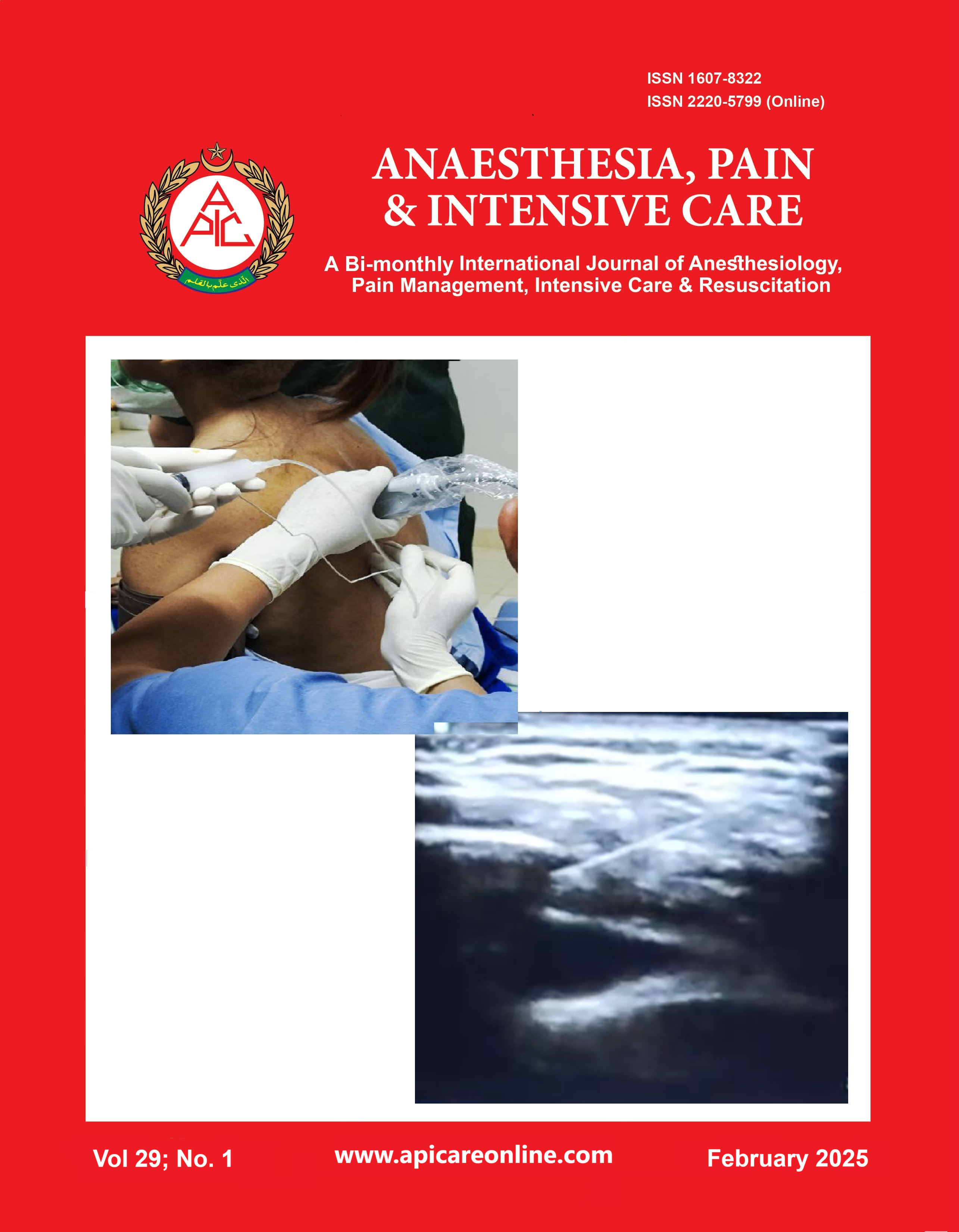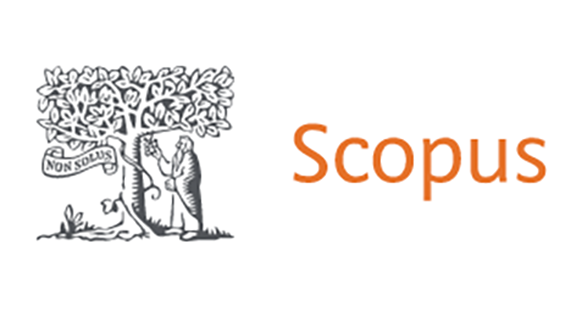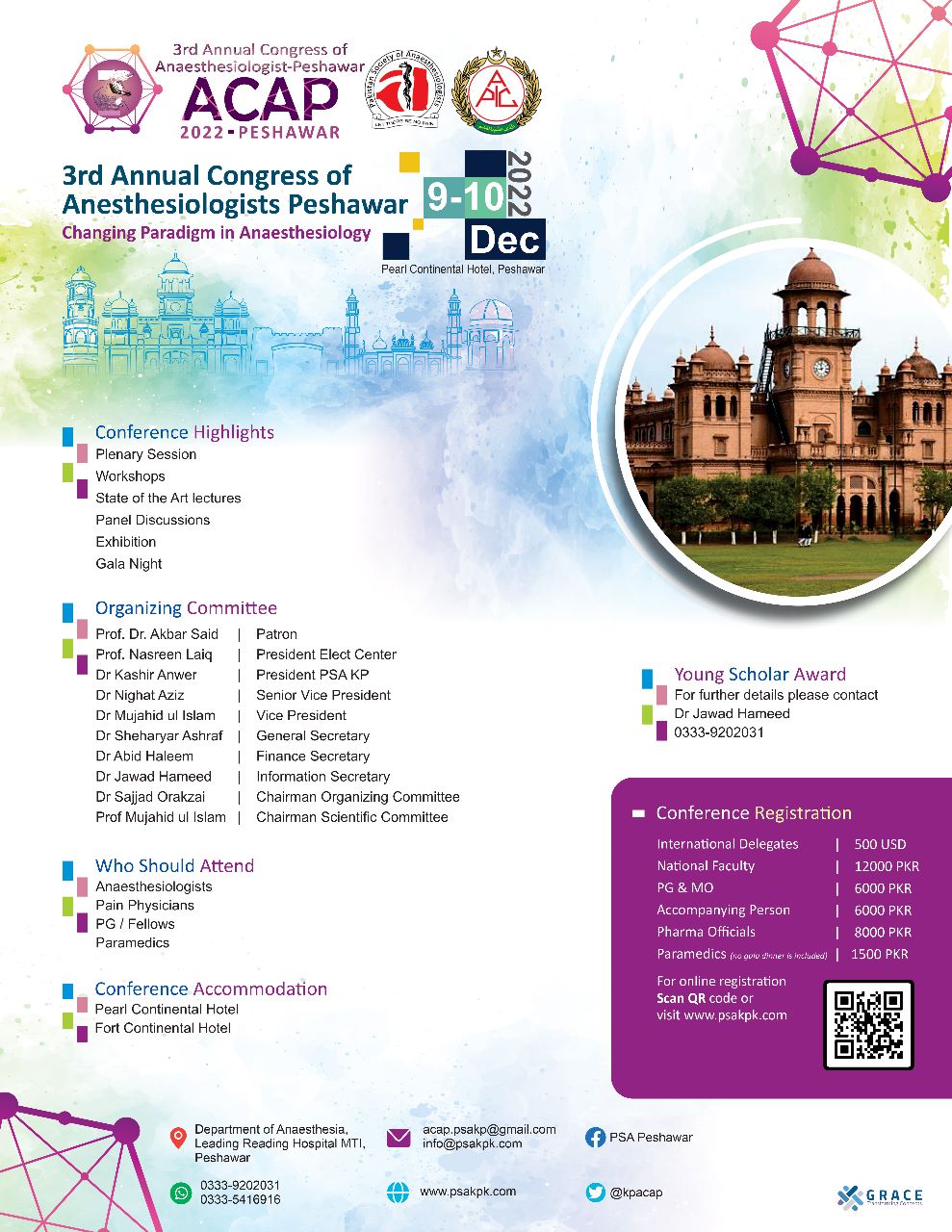Intravenous dexmedetomidine versus intravenous lidocaine in attenuating airway reflexes during recovery of thyroidectomy patients
Abstract
Background: Cardiac and other airway reflexes are linked to intubation and extubation processes. These hemodynamic and respiratory responses during extubation have previously been attenuated with the use of intratracheal instillation and intravenous administration of lidocaine. In surgical intensive care units, dexmedetomidine, a strong α2 receptor agonist, considered to make extubation easier. However, its effect on reducing cardiopulmonary reflexes during extubation process under general anesthesia is currently being investigated.
Objective: To evaluate the capability of IV lidocaine or Dexmedetomidine to suppress the coughing reflex during extubation process following thyroid surgery.
Methods: This clinical trial was carried out in the operating rooms of Ain shams university hospitals. It included 140 participants, with 70 patients in each group. NCT05657028 is the clinicaltrials.gov registration number for this trial.
Results: Showed no statistically significant difference in hemodynamics in both groups regarding MAP and SpO2. While intraoperative bradycardia has been recorded with the dexmedetomidine group in comparison with lidocaine group, also there was a decrease in the incidence of postoperative cough in dexmedetomidine group in comparison with lidocaine group and no statistically significant difference regarding the pain postoperatively.
Conclusion: Following thyroid surgery, dexmedetomidine was more effective in reducing the cough reflex during the tracheal extubation period. Both intravenous lidocaine and dexmedetomidine achieved acceptable analgesic effect. In terms of hemodynamics, intravenous infusions of dexmedetomidine caused bradycardia,
Keywords: Dexmedetomidine; Lidocaine; Thyroidectomy; cough reflex; Intravenous injection.
Citation: Zaher ONH, Kotb MM, AbdelHamid HM, Abdelaziz MM, AbdelHafiez RH. Intravenous dexmedetomidine versus intravenous lidocaine in attenuating airway reflexes during recovery of thyroidectomy patients. Anaesth. pain intensive care 2025;29(1):99-104. DOI: 10.35975/apic.v29i1.2669
Received: November 12, 2024; Reviewed: December 20, 2024; Accepted: December 29, 2024














